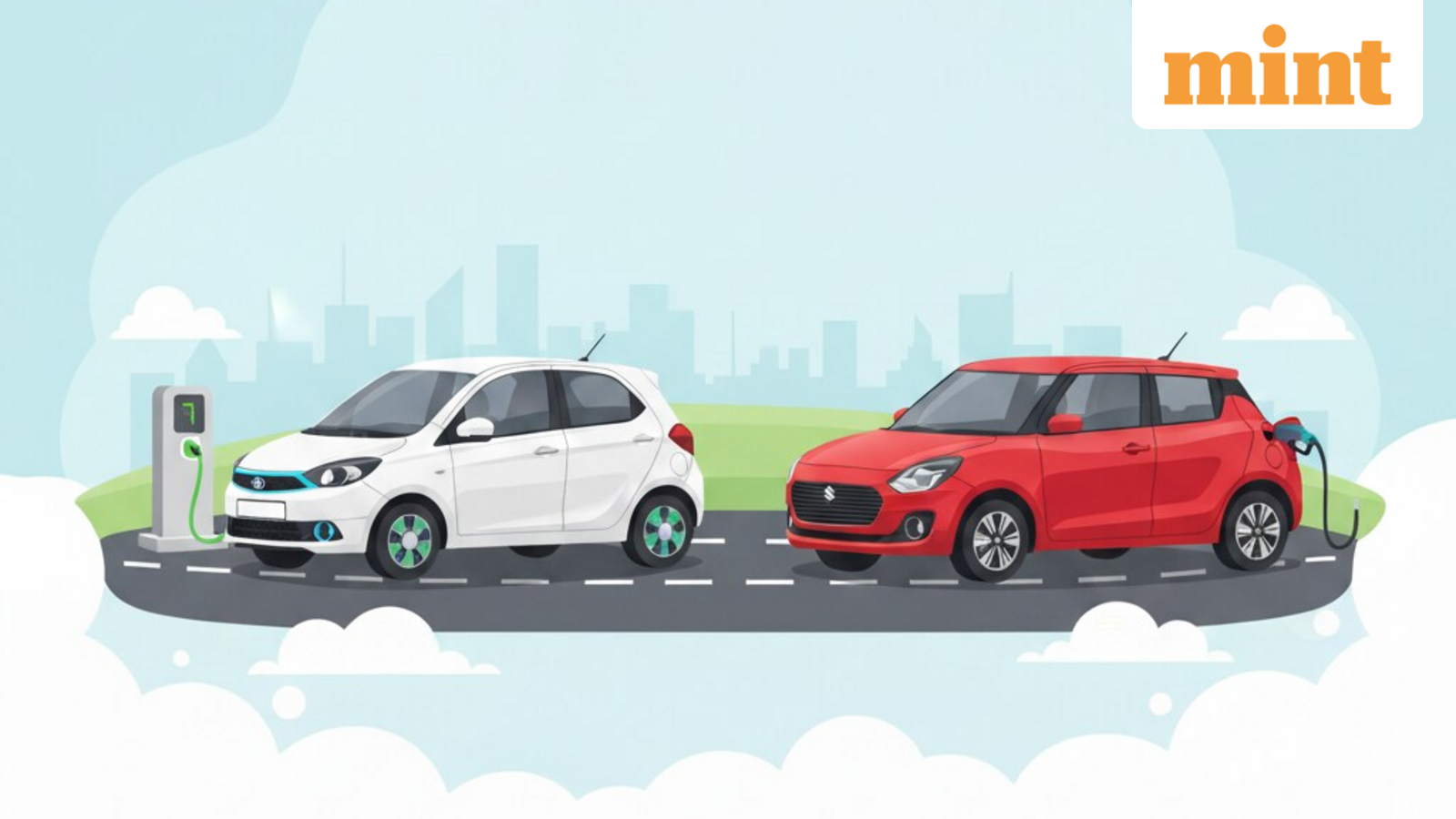GST cuts change the car-buying calculation
Recent GST reductions have lowered the upfront price of petrol and diesel cars. That has prompted many buyers to rework their numbers. A cheaper sticker price narrows the gap with electric vehicles (EVs), but it doesn’t erase the running-cost advantage EVs still hold.
Upfront price vs total cost of ownership
When choosing a car, it’s tempting to focus on the purchase price. But the smart comparison is total cost of ownership (TCO): purchase price plus fuel or charging, maintenance, insurance, and resale value over the time you plan to keep the vehicle.
- GST cuts reduce one-time cash outlay for internal combustion engine (ICE) cars.
- EVs often cost more upfront but usually have lower energy and maintenance costs.
- Your break-even point depends on how long you keep the car and how much you drive.
Why EVs still save on running costs
Electric cars typically cost less per kilometre to operate. Charging is usually cheaper than filling a tank, and EVs have fewer moving parts, meaning lower routine maintenance and repair bills. For drivers who rack up high annual kilometres, these savings add up quickly.
Where the math shifts
The payoff for an EV versus a cheaper petrol or diesel car hinges on a few simple factors:
- Annual mileage — higher mileage favours EVs, lower mileage favours ICE after the GST cut.
- Energy prices — local petrol, diesel and electricity rates change the per-kilometre cost.
- Charging access and cost — home charging at off-peak tariffs improves EV economics; public fast charging can be costlier.
- Resale value — residual values for both EVs and ICE cars affect long-term cost.
- Incentives and taxes — subsidies, state incentives, and future tax changes alter the comparison.
How to redo your math
Make a quick TCO check before buying:
- Estimate how many kilometres you drive per year.
- Calculate annual fuel vs electricity costs for the models you consider.
- Add expected maintenance, insurance and probable resale value over 3–5 years.
- Divide the upfront price difference by annual running-cost savings to find the payback period.
Bottom line
The GST cuts make petrol and diesel cars more attractive on price, so some buyers will find ICE vehicles more sensible than before. But EVs still offer clear running-cost advantages for higher-mileage drivers and those with easy, inexpensive charging. The right choice depends on your driving habits, access to charging, and how long you plan to keep the car—so run the numbers before you decide.
